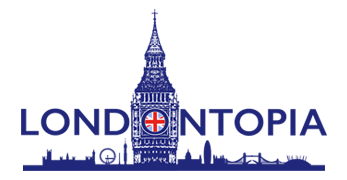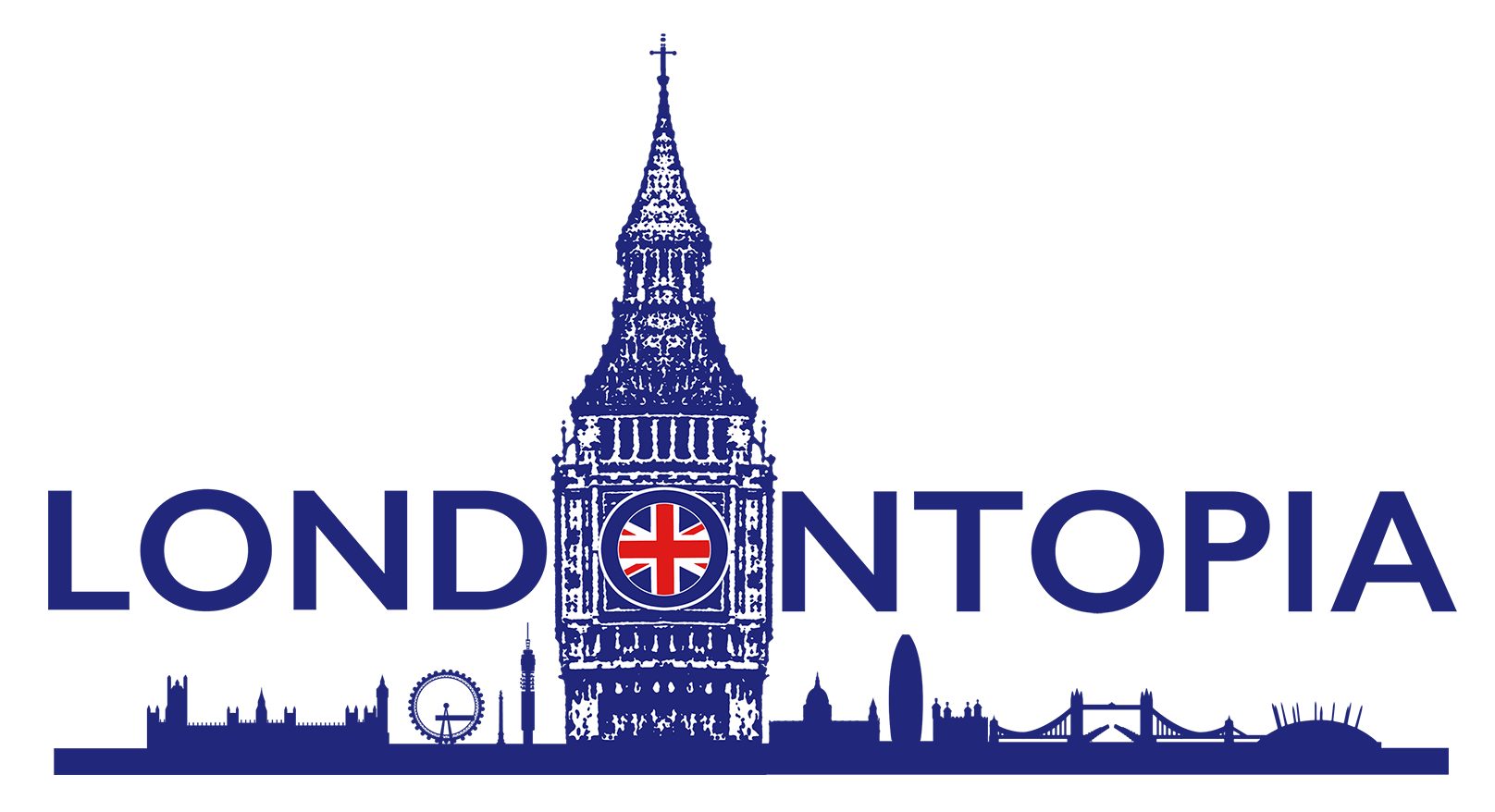This month marks six decades since London’s modern borough system was established, forever changing how Londoners identify with their corner of the capital
A Capital Transformed
On April 1st, 1965, Londoners woke up to a dramatically redrawn map of their city. The patchwork of historic parishes, metropolitan boroughs, urban districts and county authorities that had governed the capital for generations was swept away, replaced by 32 new London boroughs that still define the city today.
As we mark the 60th anniversary of this monumental restructuring, it’s fascinating to look back at how these now-familiar borough names were chosen – a process involving rivers, historical quirks, fierce local rivalries, and some curious ministerial rules.
The “No And” Decree
When the London Government Act 1963 set out the framework for reorganizing the capital’s local governance, the task of naming these new administrative areas fell to Sir Keith Joseph, the local government minister who would later become known as the intellectual architect of Thatcherism.
Joseph established one peculiar rule that would shape many of the new borough names: there would be no “and” boroughs. This seemingly arbitrary restriction forced creativity when merging areas that had little in common and no obvious shared identity.
When Wanstead joined with Woodford, for instance, they couldn’t simply become “Wanstead and Woodford.” Instead, they looked to the prominent Red Bridge over the River Roding that connected their communities, and “Redbridge” was born.
Similarly, when East Ham merged with West Ham, “New Ham” evolved into the now-familiar “Newham.” The consolidation of Feltham, Heston, Isleworth, Brentford, and Chiswick resulted in none of these historic names surviving; instead, “Hounslow” was selected as the umbrella identity.
Rivers, History, and Curious Choices
Many of London’s borough names have fascinating origins that reflect the capital’s rich geography and history:
- Brent took its name from the river flowing through what had previously been Wembley and Willesden – areas that shared little common identity but needed a unifying name.
- Tower Hamlets references the historical military parishes that owed service to the Constable of the Tower of London – though today the borough stretches far beyond the Tower’s historical influence to include Canary Wharf.
- Haringey perhaps wins the prize for most confusing naming decision, as it’s spelled differently from the Harringay area it contains. When Hornsey, Tottenham, and Wood Green merged, this curious spelling was adopted, leaving generations of Londoners unsure how to spell or pronounce it.
The proposed “New River” borough never materialized when Finsbury joined with Islington – the latter name prevailed despite Finsbury’s preference for the river-themed alternative. According to popular historian Jay Foreman, three different proposed boroughs wanted the name “Riverside,” including one that wasn’t even situated on the Thames!
Local Pride and Exceptions
The naming process also revealed fascinating power dynamics between merging areas. When Richmond and Twickenham were combined, a heated debate ensued over which historic name should dominate. Richmond emerged victorious, consigning Twickenham to a subordinate position in the new borough’s identity.
Chelsea, meanwhile, managed a remarkable feat of persuasion. Their representatives successfully argued that “Chelsea” held such significant historical importance that an exception to the “no and” rule should be granted. Thus, the Royal Borough of Kensington and Chelsea emerged as the only one of the original 32 boroughs to include an “and” in its name.
This exclusivity didn’t last forever, though. Later legislation relaxed the naming convention, allowing for the creation of Barking and Dagenham, and Hammersmith and Fulham.
The Boroughs That Never Were
The London we know today could have looked quite different. The Herbert Commission, which laid the groundwork for the reorganization with its 1960 report, initially proposed 52 greater London boroughs rather than the 32 we know today.
More startlingly, the boundaries of Greater London could have extended much further into the home counties. Watford, Esher, Walton-on-Thames, Weybridge, Chigwell, Elstree, and Bushey were all considered for inclusion within the capital’s administrative boundary – a prospect that would have dramatically altered both London’s character and the surrounding counties.
A Lasting Legacy
Alongside the new boroughs, April 1st, 1965 also saw the birth of the Greater London Council (GLC), responsible for citywide services like fire protection and flood prevention. Though the GLC would later be abolished by Margaret Thatcher’s government in 1986 (with its successor, the Mayor of London and London Assembly, not emerging until 2000), the borough structure has remained remarkably stable.
Sir Keith Joseph’s vision for London’s reorganization was to create administrative units that would “evoke the necessary loyalties” and form “a potential community for the people of Greater London.” Six decades later, these boroughs have indeed become powerful markers of identity for Londoners.
From Havering to Hillingdon, Camden to Croydon, your borough says a great deal about your place in London’s complex social geography. These administrative boundaries, crafted through political compromise, geographical logic, and historical quirks, have become genuine communities that shape how millions of Londoners understand their place in the capital.
As we celebrate the 60th anniversary of London’s modern boroughs, it’s worth reflecting on how these largely artificial constructs have evolved into meaningful identities – and how differently things might have turned out if other names and boundaries had prevailed.
What’s your London borough’s story? Share your local history with us in the comments below.
A Little Bit of London In Your Inbox Weekly. Sign-up for our free weekly London newsletter. Sent every Friday with the latest news from London!



